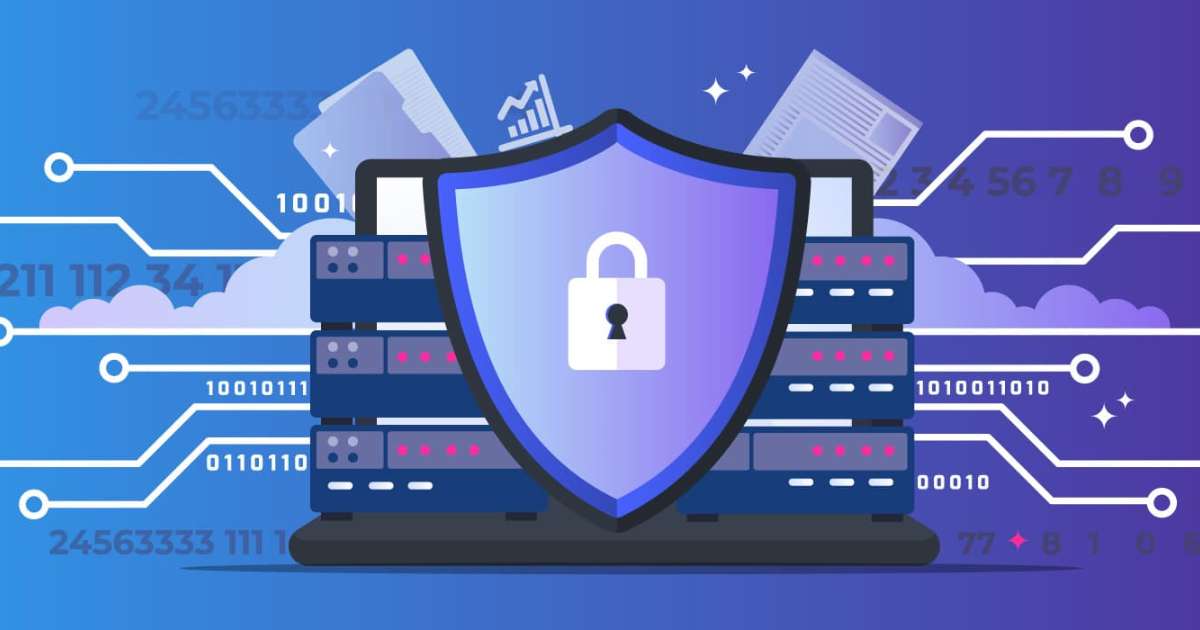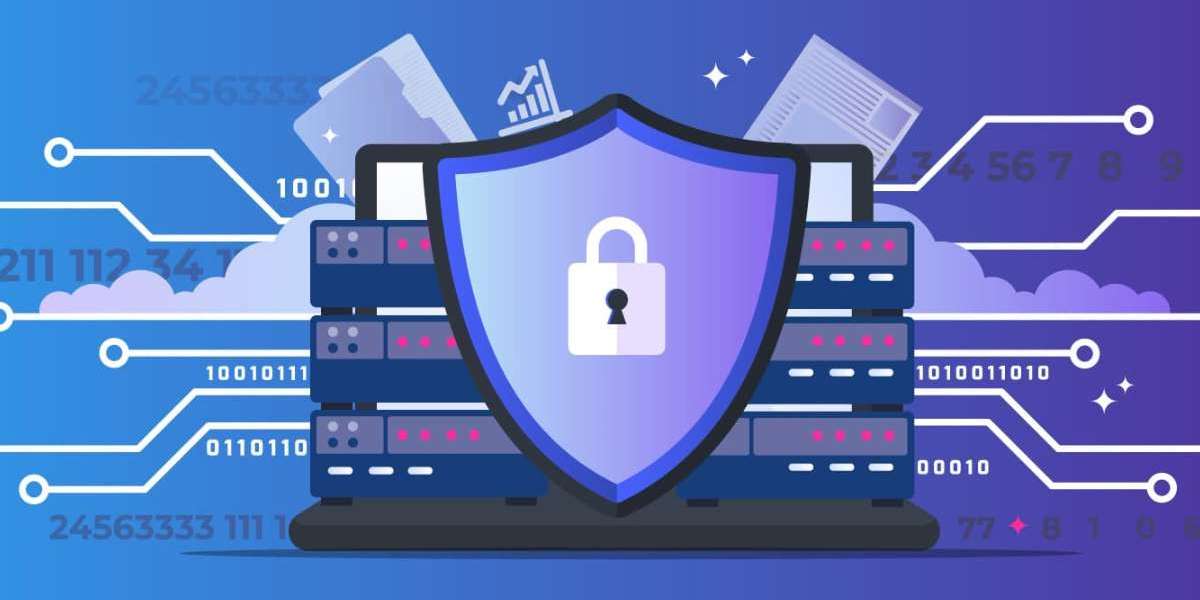
Cryptocurrency is now seen as an investment, a possible defensive asset, and even a paycheck in metaverses—digital worlds where you can create avatars, play games, shop, and socialize. The functionality of all these systems is supported by blockchain technology. What kind of system is this and how it works, says Pavel Fedorov, Development Director of Attarius Network
Blockchain is a transaction database consisting of a sequentially built chain of digital blocks, each of which stores information about the previous and next blocks. This is a kind of digital notebook in which the entries are unchanged thanks to the hashing mechanism - a unique set of alphabetic and numeric characters, where a change in one character entails a change in other blocks. The main advantage of the blockchain is its transparency, because everyone can see the information inside the blocks, but no one can change or destroy it.
Officially, the history of “blocks and chains” begins on October 31, 2008, when someone under the pseudonym Satoshi Nakamoto mentioned blockchain in a white paper (basic document) about the network of the first cryptocurrency - Bitcoin. The fundamental principles of decentralization and immutability for document accounting were laid down in the 1960-1970s, but the closest to them can be attributed to the work of scientists Stuart Haber and W. Scott Stornett, who in 1991 described a scheme for the sequential creation of blocks in which the hash is located. The technology was even patented, but for its time it became a Da Vinci helicopter - there was no technical ability to implement the idea, and interest in it disappeared. Four years before Satoshi and his white paper made their appearance, in 2004, the patent expired.
How does blockchain work?
Blockchain is a system of distributed data registry available to every participant in this network. For example, a blockchain-based digital currency may be created, moved, and held outside the purview of any government, financial institution, or personal lawyer, but each transaction is nevertheless recorded on the blockchain and is public. This is a kind of Ariadne's thread, bread crumbs and a navigator that guides anyone who wants to check transaction information.
Blocks are added to the network using a mining procedure. For each new block, the miner receives a reward, which forms the financial basis of his activities. The necessity for multiple network participants to confirm a transaction after it is made is fundamental to blockchain consulting services decentralizing without the need for middlemen.This means another advantage of blockchain over the classical financial system - unlike banks, blockchain operates around the clock and does not depend on the central bank of a particular country.
In 2014, according to evidence, it was possible to mine up to 1-2 bitcoins just on a regular computer at home, but to mine the same amount of bitcoins now, you need to tame complex mathematics and find hundreds of video cards located in one data center, which are also called mining farms. Since miners want to earn more, they strive to buy as many specialized video cards as possible, on which they can mine more efficiently than on a conventional home computer, albeit a powerful one. The shortage of chips used in video cards has led miners to buy gaming video cards in 2021, which has raised prices for Nvidia and AMD GPUs on the secondary market by two to three times.
The first algorithm for miners, including Bitcoin, was called Proof-of-Work. It required a lot of computing power, which was provided by computers. Therefore, blockchains with a Proof-of-Stake algorithm (proof of stake) have now begun to appear, in which it is not machines that rule the roost, but validators—network participants responsible for its integrity and confirmation of all transactions occurring in the blockchain.
PoW requires a lot of electricity and expensive and rare specialized equipment. To become a PoS validator, you need to have a certain number of coins from this network, pledge them, that is, “create a stake” and install special software. By confirming transactions, validators receive rewards. The most striking example of the use of the PoW algorithm is the Bitcoin network, and an alternative can be considered the Ethereum network, which, although it began with the use of the PoW algorithm, is in the process of transitioning to the PoS algorithm.
Types of blockchain
A blockchain can be a public network that anyone can connect to, or a private one, which is typically used by organizations to avoid losing sensitive data. The very first public blockchain was the Bitcoin network, then other public networks began to appear, for example Ethereum, which was launched by Vitalik Buterin, a native of Russia, in July 2015.
Over time, the corporate sector also paid attention to blockchain. The R3 consortium, which includes, for example, the American Nasdaq exchange and the Irish IT giant Accenture, created the Corda blockchain, which began to be used mainly in the financial sector. The Hyperledger blockchain from blockchain development company IBM began to be used, for example, in the entertainment sector, reducing the counterfeiting and resale of event tickets, or in healthcare, to, on the one hand, provide access to patient data, and on the other, prevent its leakage.
IBM customers find it much easier to work with a proven vendor like IBM, which is why Hyperledger is very popular among major corporations. Private blockchains are typically faster and cheaper, and all corporate data and transactions are held by a limited number of network participants. True, this leads to the fact that within a private network it is much easier to “conspire and deceive” the system and much more difficult to interact with another network. So when it comes to transparency and sustainability, everyone chooses the blockchain that serves their goals.
Where is blockchain used?
Blockchain is needed where speed and reliability of data transfer are important - that is, in almost any area of our lives: when concluding smart contracts for the supply of goods, checking the results of electronic voting, or the operation of any cryptocurrency, such as Bitcoin.
Cryptocurrency
Any cryptocurrency runs on the blockchain - from Bitcoin and Ethereum to meme coins like Dogecoin. Cryptocurrency is more often used to make money on increased volatility; some of the coins can double in value in a week, but in strategic plans, visionaries see it as a tool for mass money transfers. There are already many attempts to introduce, for example, Bitcoin into retail trade - in some places you can even buy a carton of milk in a supermarket or a glass of beer in a bar with it, then at the entrance there will be the already legendary “bitcoin accepted” sticker.
Classic financial giants like PayPal and Square are also expanding their cryptocurrency services. Coinbase, a startup that allows people to buy and sell cryptocurrencies, went public last April and is now valued at $47 billion. Among the world's largest banks, the most progressive in terms of blockchain has long been JP Morgan, which developed its Quorum blockchain back in 2017 based on the Ethereum network.
Digital currency
Some states are launching pilot projects to create digital currencies that operate on the blockchain. So far, the most successful has been China, where tens of thousands of people have been credited with the digital yuan, which can be used to pay at retail outlets and make transfers. If such an experiment is successful, the digital yuan will appear in the country's largest economic hubs, such as Shanghai.
Many jurisdictions have similar projects on digital currencies, including the United States, Russia and the European Union. Singapore, despite rather strict legislation in relation to the crypto industry, is also planning to launch its own digital currency.
Smart contracts
Thanks to smart contracts, the blockchain can track the entire supply chain and verify the authenticity of, for example, coffee beans - where and by whom it was grown, how and when it was delivered to the supermarket counter. This helps to completely rule out the fact that grain is counterfeit, find out its freshness, and even check whether its production complies with your ethical and moral values.
NFT
One of the most popular crypto assets of 2021 were NFTs (non-fungible tokens) in the form of digital art, which could be purchased on marketplaces such as OpenSea, Rarible, etc. Simply put, an NFT is a certificate that confirms your rights to digital art: photographs. , paintings, music and even gifs. Trade volumes of such NFTs have grown to billions of US dollars; according to various forecasts, the NFT sector will reach about 20% of the total capitalization of the crypto industry by 2025.
Game industry
Another area of blockchain that is taking the world by storm is GameFi, classic online games on your phone or computer that record everything that happens in the game in blockchain transactions and also establish a new play-to-earn economy. One striking example is the Vietnamese-Philippines game Axie Infinity, where you need to train fictional monsters and fight with them, earning real money. Such game mechanics gave ordinary residents of Vietnam and the Philippines the opportunity to earn unprecedented money, up to $1000 per month, and organize their lives.
Among the companies involved in the full implementation of crypto-economy and in-game NFTs in games are Enjin and Attarius Network. These companies set themselves the goal of conducting some kind of acceleration program for game developers, providing them with everything they need - funding in the form of grants and direct investments, technical and marketing consulting, development and implementation of crypto-economics in games, connection to the leading graphics engines Unity and Unreal engine, on which The largest gaming companies have already created dozens of masterpieces.
Disadvantages of Blockchain
Much like anything new, blockchain creates a lot of controversy among traditionalists and futurists.
Among the main disadvantages of blockchain are the strained relationships between regulars and mass users. Crypto old-timers call newcomers hamsters and lemmings, hoping to get rich by randomly running in the cryptocurrency wheel, without going into the philosophy of the concept. Until now, even the most ordinary things remain understandable mainly to geeks. Buying, storing and selling cryptocurrency is presented as an attraction for the uninitiated, not to mention the legal status of cryptocurrencies, which is constantly changing. Without sufficient experience, you can simply forget the password for your wallet and lose your digital coins forever.
Despite the fact that cryptocurrency exchange software development does not have a “master” in the form of central banks, regulators are trying to control the crypto industry in their jurisdictions and make its activities understandable. True, in the pursuit of systematization there are also sad examples. For example, China completely banned cryptocurrency on its territory in 2021, including for investment purposes. Excessive regulation is justified by the fact that even in public blockchains, all transactions are carried out between anonymous users. And if the path of the cryptocurrency can be calculated, then it is almost impossible to determine the owner of the wallet. Especially in the case when the so-called barter occurs: the buyer gives the seller crypto coins through a regular transfer, and the seller transfers real money to the buyer. This scheme is a tasty morsel for scammers.
Naturally, this does not suit regulators who are trying to take measures to massively introduce KYC (know your client) processes - identifying an individual before a person carries out transactions, and AML (anti-money laundering) - combating money laundering. This is desperately opposed by Satoshi’s adherents, who claim that any de-anonymization is contrary to the very spirit of the blockchain. This is where the main disadvantage of state digital currencies comes from - their centralization, which leads to the fact that the Central Bank can turn off the wallets of citizens it does not like.
Material on the topic
Web3 fever: how the valuation of the Alchemy blockchain platform tripled in three months
In addition, cryptocurrency has high volatility. Today, the capitalization of the entire crypto market is about $2 trillion, although in November last year this figure exceeded $3 trillion. To reduce the volatility of cryptocurrencies, stablecoins were invented, for example, Tether (USDT), which uses dollars to ensure its capitalization of $78 billion. True, it also becomes an object of criticism for skeptics who doubt that these dollars really exist.
Blockchain Prospects
Yes, the blockchain is still periodically threatened by technological crises, tightening regulation in individual countries, and scammers with crypto-pyramids. But the introduction of blockchain into the real sector of the economy, albeit in its digital part for now, has nevertheless taken place. Already, commercial banks are speculating about how they might lose some of their enduring role as middlemen. The state, for example, will directly transfer pensions, benefits and any other types of remittances, as well as give a favorable interest rate, bypassing banks.
The gaming industry in the form of GameFi already numbers, according to various estimates, from 1 billion to 2 billion people who have at least once installed a game on the blockchain and played it. By 2025-2027, growth to 3 billion players is expected, among them there will be much more active players. Thanks to the hype around NFTs and metaverses with a gaming element, the largest consumer brands such as Audi, Adidas and Ralph Lauren entered the blockchain industry. So 2022 will see the real development of web3 (the concept of decentralization of the Internet) and digital worlds.
The decentralized finance (DeFi) market is rapidly developing, which can compete with the classic banking offer. People are already investing in new types of digital assets, such as security tokens and digital art in the form of NFTs. There are already over hundreds of billions of US dollars in DeFi instruments. This success will inevitably lead to a shortage of personnel in large organizations that will be looking for blockchain consulting services and programmers who know the C++ language used in creating networks.


